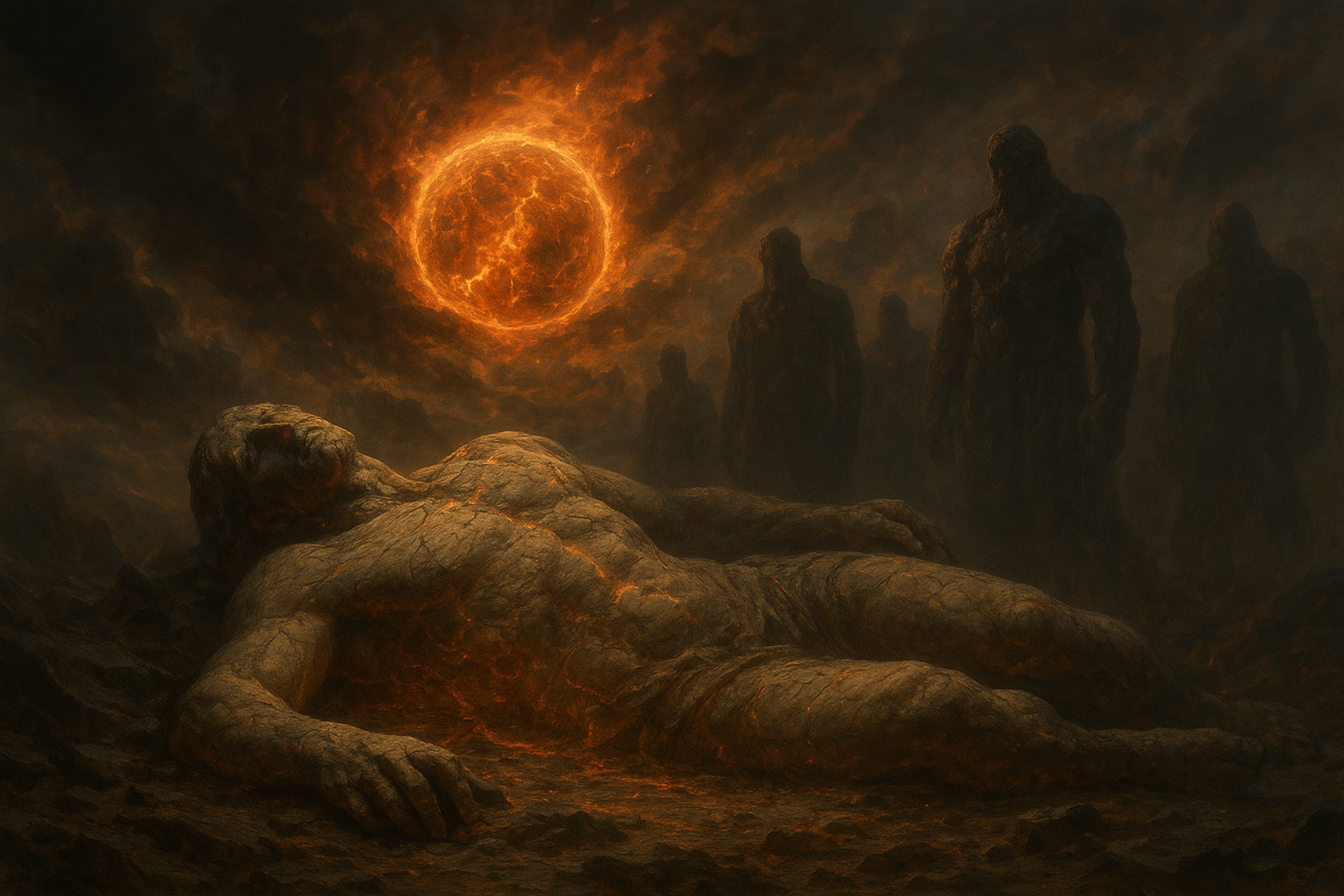In the tapestry of human culture, end-of-the-world myths captivate our imagination, exploring themes of destruction, renewal, and the cyclical nature of existence. From Norse Ragnarök to the Hindu great disillusion, these narratives weave cosmic endings into the stories of gods and giants. Within this rich tradition, the concept of a “Titan’s Funeral” stands as a symbolic representation of the ultimate sacrifice and rebirth.
The Titan Archetype in Mythology
Titans play a central role in many mythologies as primordial beings embodying great power and vast potential. In Greek mythology, Titans are the children of Uranus (Sky) and Gaia (Earth). They once reigned supreme before being overthrown by the Olympian gods. Such tales echo themes of divine conflict and transition, typical of myths addressing cosmic order and chaos.
The Greek poet Hesiod, in his work Theogony, describes the dramatic battles between Titans and Olympians, known as the Titanomachy. After their defeat, many Titans were cast into Tartarus, a deep abyss used as a dungeon of torment and suffering for the wicked.
“…hold the ground, many-rooted and shade-mountainous Olympus. But these, banished far from Heaven’s everlasting gods, are in the froggy gulf of deep Tartarus.”
Cosmic Endings across Cultures
While the Titans’ saga may not explicitly describe a “funeral,” the idea aligns with the broader theme of cosmic endings. Let’s explore similar motifs across different mythologies:
-
Norse Mythology:
Ragnarök, the prophesied end of the world, involves a series of events including a great battle, natural disasters, and the submersion of the world. Here, gods, giants, and creatures like the wolf Fenrir play crucial roles. The saga describes the death of major figures such as Odin, Thor, and Loki, which might be considered a “funeral feast” that marks the end of an era.
“There will be many hard battles, and many lost lives. Come, gather with your kin, for this is the twilight of the gods.”
-
Hindu Mythology:
The concept of Pralaya refers to the cyclical dissolution of the universe, with all creation submerged until the next cycle of existence begins. In these spans, divine entities like Vishnu take on roles framing cosmic destruction and renewal, resonating with the notion of cosmic endings.
“When creation becomes wild and unpure, when the best becomes the worst, then I come to destroy the unfaithful and protect the faithful.”
-
Egyptian Mythology:
The legend of Osiris, the god of the afterlife, fertility, and resurrection, blends death and rebirth. Osiris’s death and resurrection could symbolize the cycle of life and rebirth inherent in cosmic transformations.
“I am Osiris, who is enduring in the land of the living, forever.”
Symbolism of the Titan’s Funeral
The concept of a Titan’s Funeral can be viewed symbolically as acknowledging the death of an order, thus paving the way for new beginnings. The funeral signifies:
- Endings and Purity: Just as a funeral marks the end of a life, this concept symbolizes the ultimate cessation of a previous cosmic phase.
- Sacrifice and Transformation: The demise of Titans and deities alike symbolizes great sacrifices leading to transformational processes, where endings are necessities for births of new eras.
- Hope and Renewal: Death of titanic figures is not simply end; it signals hope, insisting that creation is cyclical and one end births new possibilities.
Titanic Rebirth in Modern Culture
Modern storytelling continues to draw inspiration from such mythologies, particularly seen in books, films, and art. This cultural lineage emphasizes unavoidable endings and embraces the hope for renewal. For instance, works like J.R.R. Tolkien’s The Lord of the Rings, with its ages of men and elves, and the narrative arc of Game of Thrones, with its intricate power struggles and prevailing motifs of ice and fire, echo these themes of cosmic rebirth.
The Enduring Legacy of Cosmic Mythologies
Ultimately, these mythologies offer not only narratives of destruction and despair but narratives rich with meaning and inspiration. They remind humanity that while calamity seems inevitable, what follows the last chapter is an endless opportunity for rebirth and creation. Perhaps the Titan’s Funeral is not a story of finality but one of sustained hope and renewal, encouraging new growth from the ashes of the old.
Conclusion
Across cultures and times, the death of giants like Titans and the circumstance of cosmic endings reign unto the ethos of creation myths. They resonate with universal truths about the human experience, questioning our understanding of life and suggesting deeper reflections about endings. Through the concept of the Titan’s Funeral, humanity contemplates the mystery of existence, blending cycles of destruction with the dawn of renewal, immortalising the belief that every end is just the beginning of a new story.

Comments